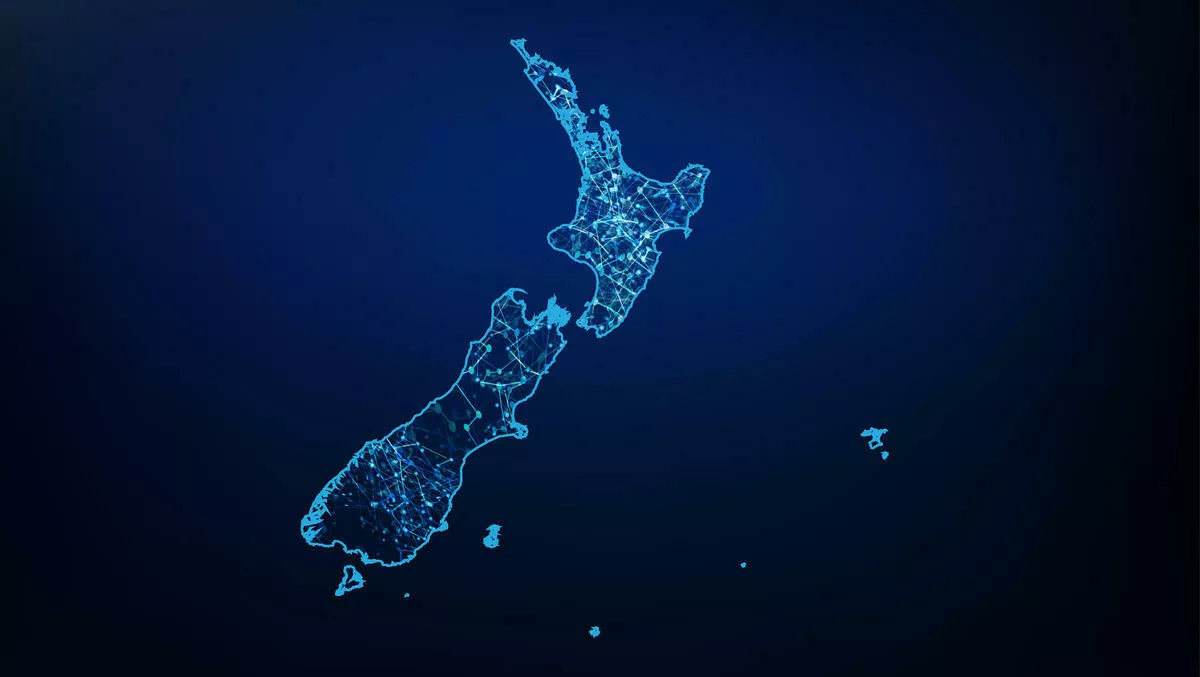
Digital divide most impacts Kiwis in social housing & the disabled
The 'digital divide' is still very much present in New Zealand society, with those in social housing and those with disabilities feeling the most impacted by inadequate internet access.
A new report from Motu, titled Digital inclusion and wellbeing in New Zealand, highlights the scope of the problem, as only 69% of those in social housing and 83% of those with disabilities having internet access.
Report authors Arthur Grimes and Dominic White drew on information from four large scale surveys, New Zealand Crime and Victims Survey (NZCVS, surveyed in 2018); New Zealand Electoral Survey (NZES, 2017); Programme for International Student Assessment (PISA, 2015); and the Programme for the International Assessment of Adult Competencies (PIAAC, 2014/15)
Within the surveys, the researchers analysed several groups that generally have limited internet access. They include people in social housing, those who are disabled, Māori and Pasifika, people living in large country towns between 10,000-25,000 people, the elderly, the unemployed, and people who are not looking for work.
Which groups have a lower likelihood of being digitally included in New Zealand (and why)?
People in social housing and the disabled are less likely to be digitally included in New Zealand, and the authors encourage the government to step up.
"It is quite possible that these large gaps in internet access for those who live in social housing and for people with disabilities could be addressed by changes in policy," says Grimes.
"Most social housing is owned by the state. local authorities or NGOs," the authors state.
"The social housing provider could take the initiative to install WiFi (or other technologies) to enable internet access by tenants. Provision of such infrastructure may be considered of similar importance to provision of water, sewerage and electricity to these tenants. Such provision is also likely to improve internet access rates for Pasifika students.
They add that many people with disabilities likely receive care from state agencies or NGOs.
"These authorities may consider enabling internet use for their clients as a key intervention to improve the opportunities for those with disabilities to connect with the rest of society. People with disabilities are also at greater risk than others from an internet violation (i.e. a virus infection or other internet interference).
How does digital inclusion relate to waiora/wellbeing?
When considering wellbeing, the authors note that those who do not have internet access tend to have lower subjective wellbeing than those who do have access.
"We found that adults without internet access are less engaged in civic activities such as voting in general elections and making submissions to government," adds Grimes.
"When it comes to adolescents, the data indicate that those without internet access tend to have lower subjective wellbeing than those with access. This may reflect family circumstances.
The study recommends that government should consider policies for two at-risk groups: social housing residents, and individuals with disabilities.
"A range of policy interventions already addresses issues faced by each of these groups. There appears to be a strong case that interventions be extended to enabling internet access for these individuals," the authors state.
"Those who work with youth (and their family members) may wish to give consideration to assessing the effects of prolonged use of the internet by adolescents. Our associative results – while not establishing a causal link – highlight a potential concern relating to wellbeing outcomes for those with prolonged internet use.
The Department of Internal Affairs funded the research.


